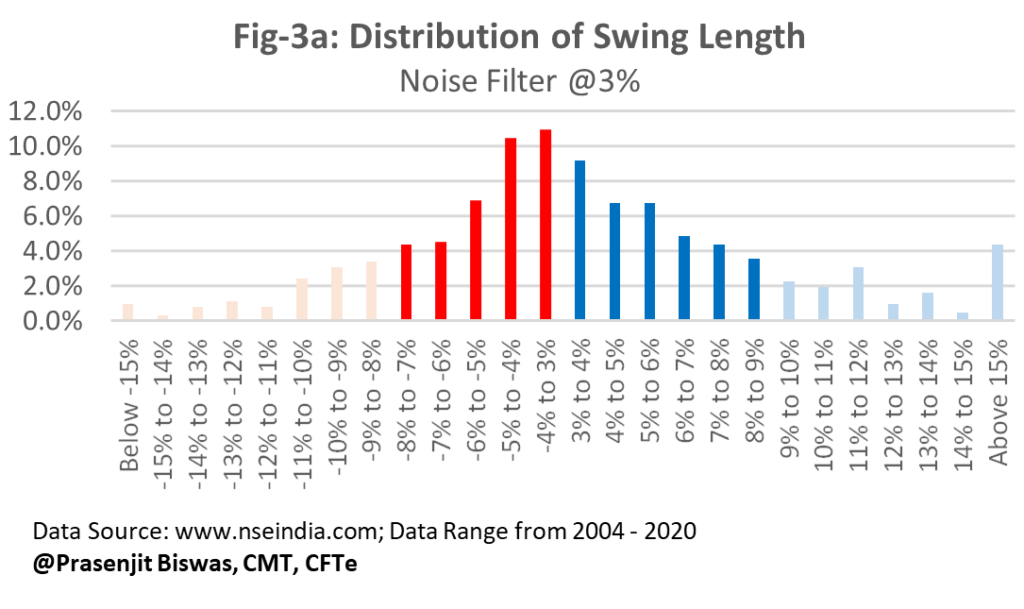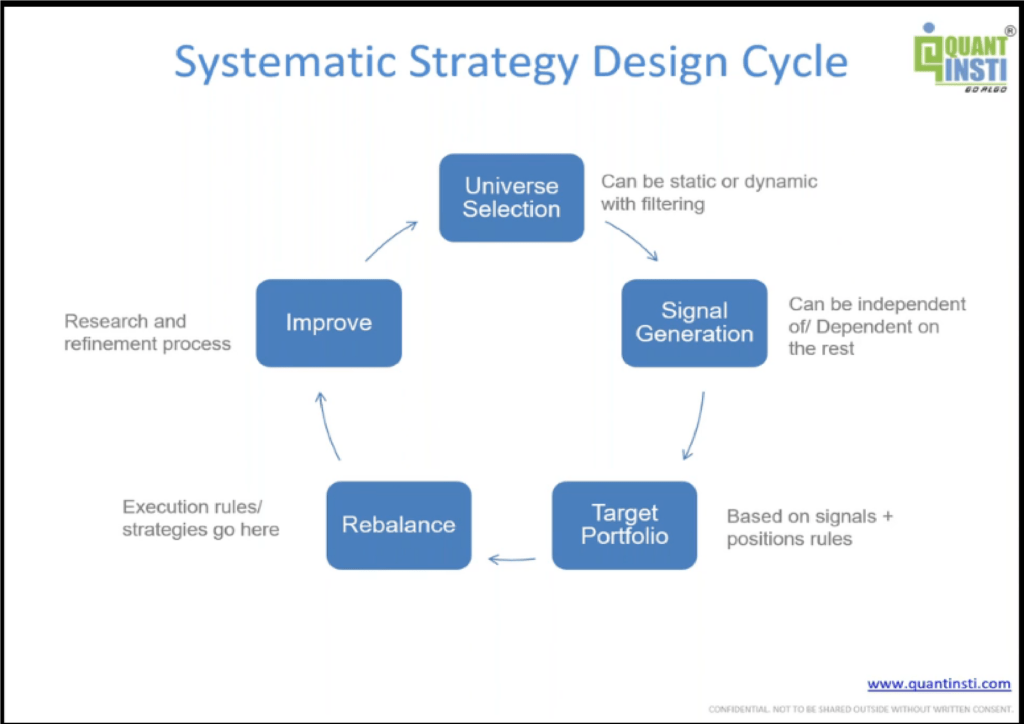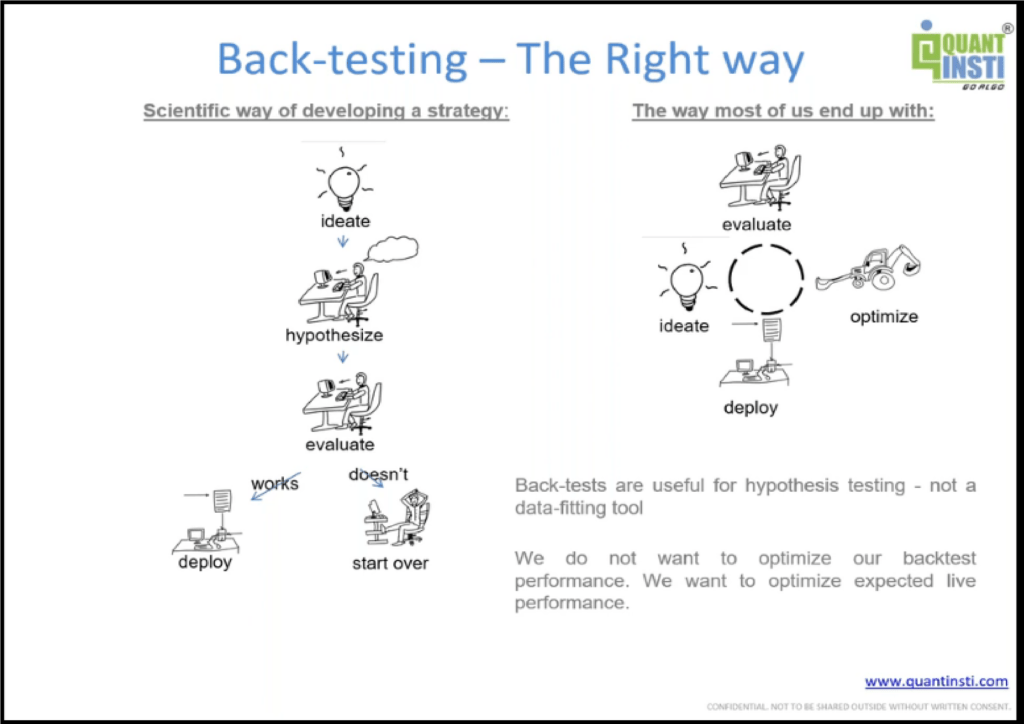One could argue that the technical analysis community in India is disproportionately fond of Elliott Wave Analysis. One of the most sought after sessions in CMT India Summit 2020 was from Mark Galasiewski from the Elliot Wave International. Mark provided tremendous details on how the socio-nomic mood corresponded with various wave patterns. Mark elaborated on how India, Chinese, Pakistan, South Korean and many Asian markets were witnessing events which reflected the mood of the markets and how key events unfolded after major wave patterns completed. One of the questions asked was where to begin a wave count to which he replied that, it’s advisable to look backward to as much as data possible to gather insights over wave patterns. He added that for BSE Sensex, he looks at data going back to 1980 and also considers wave patterns which would have occurred prior to that.
Given the short time that was available to Mark for Q&A, he very kindly offered to answer all the questions that were posed to him for this article in Technical Insights. The responses follow below.
Questions and comments from the CMT India 2020 Session (Surfing the Elliott Wave with Mark Galasiewski):
Abhisek Bahinipati: Which wave is India’s stock market tracing out presently and how long will it take to reach the end of the fifth wave in the Supercycle? What would the tentative target be in the Sensex?
Tejo Kongara: When and at what level do you think Primary wave 5 (circled) for Indian stocks will end?
MG: The Supercycle advance that began in India in the late 1960s or late 1970s will continue for decades more—and that’s so far away from now that picking targets at this point is impractical. But the Cycle wave III advance that began in 2003 may end as early as several years from now. In April 2009, I gave CNBC TV-18 and the Economic Times a target for the end of Cycle wave III of Sensex 100,000 by 2024. It’s possible that the current Primary wave 5 (circled) up (of Cycle wave III), which began in March 2020, will reach the target level by the end of 2024, but even if it takes a few years longer, I think we’ll still be able to call it a successful Elliott wave forecast. Few people could even imagine a bull market in early 2009.
If I’m going to be wrong about the long-term wave count, it will probably be because I underestimated the potential for Cycle wave III to extend. If the bull market from March 2020 were to accelerate its rate of advance compared to the bull market from 2008 to 2018, then we could consider the possibility that the 2020 lows represent the end of Intermediate wave (2) down of Primary wave 3 (circled) up—and therefore that the advance from the March 2020 lows is wave (3) of 3 (circled) of III. But, for now, the current Primary wave 5 (circled) up count should be functional for a while.
Mahesh Awate: How useful is the Wave Principle for individual stock investing?
MG: Indexes typically reflect crowd behavior better, but individual stocks can show clear long-term patterns.
Wave analysis of the major indexes can also add value to the selection and timing of trades in individual stocks. For example, if your Elliott wave count shows that the Nifty is putting in a significant bottom, then you could identify the market sector showing the best relative strength and then perhaps select individual stocks showing the best relative strength within that sector, because growth stocks that show the best relative strength in the wake of a correction often outperform during the subsequent bull market.
Anindya Banerjee: U.S. stocks have outperformed emerging market stocks since 2010, which went hand in hand with the U.S. dollar appreciating against emerging market currencies. Are both those trends coming to an end?
MG: The Bloomberg-JP Morgan Asia Dollar Index of ex-Yen Asia currencies offers the clearest long-term pattern of any emerging market currency index I know of. It has also ebbed and flowed with emerging markets stocks in U.S. dollar terms since its start in 1994. The currency index completed a declining pattern from 2011 to March 2020 and has since advanced impulsively with emerging market stocks, so emerging Asia stocks and currencies are likely to continue advancing together for the next few years.
As to whether emerging market stocks will begin to outperform U.S. stocks, the ratio between the Vanguard FTSE Emerging Markets ETF (NYSE: VWO) and the SPDR S&P 500 ETF (NYSE: SPY) is testing a downtrend line drawn from its 2010 high as I write now in early November 2020. If it can sustain a rise above the line, then emerging markets may enjoy a period of relative outperformance versus U.S. stocks, in line with the uptrend in the Asia Dollar Index.
Argho Chatterjee: How do you know that an event which occurs near a stock market bottom is significant from a social mood perspective? For example, how can you say that North Korea’s nuclear test in January 2016 was significant and another event which occurred around that time was not?
MG: In general, the largest or most dramatic events are most likely to be a result of aggregate social mood. Nuclear tests are rare, and bold, so North Korea’s test in January 2016 was clearly socionomic. But less spectacular news can also provide valuable indications of sentiment. For example, here’s what I wrote in the February 5, 2016 issue of Asian-Pacific Financial Forecast about the end of the correction that year in emerging markets:
Perhaps the best indication of sentiment at the end of the correction came from this year’s World Economic Forum in Davos, Switzerland. Reuters reported on January 20 that “more than a trillion dollars of investment flows has fled emerging markets over the past 18 months but the exodus may not even be halfway done, as once-booming economies appear trapped in a slow-bleeding cycle of weak growth and investment.” The report added that “investment returns across the sector are unlikely to recover soon, many fear.”
The MSCI Emerging Markets Index bottomed the next day…. January 2016 should mark the lows for the decade in the index.
The bearish consensus toward emerging markets among the world’s richest and most influential at Davos evidenced extreme negative sentiment, and January 21, 2016 did indeed mark the decade low in the MSCI Emerging Markets Index. But remember that the pessimistic news article was only valuable from a socionomic perspective because it was published toward the end of the clear three-wave decline from 2011 to 2016 in the MSCI Emerging Markets Index. If that same news article had appeared much earlier in the EM bear market, it might at best have marked an intermediate-term low, or it might have appeared at a peak or in the middle of a sharp selloff—which would have made it useless to traders and investors by itself. Therefore, socionomic indicators should be considered like any other sentiment indicators—that is, as secondary evidence to support the primary indicator, which is the Elliott wave pattern itself.
Nipun Madan: If Primary wave 5 (circled) up has begun in the Nifty, then is the risk of a terrorist or other violent attack now much lower than during the correction?
MG: Not necessarily! Social mood tends to remain negative in the early months or years of a bull market. For example, the Kargil war broke out 10 months after the 1998 low in Pakistani stocks. And the 2010 Pune bombing occurred just days after the 2010 low in the Nifty. But the larger up trend should bode well for peaceful times.
Sandeep Narang: I’m new to Elliott wave, does it work in short time frame as well? I see it working well in a longer time frame.
Sandeep Srivastava: Does Elliott wave apply to intraday?
MG: Yes, the Wave Principle applies at all timeframes.
Sanjiv Tandon: Since you mentioned Reliance Industries, is it in a fifth-wave blow-off run?
MG: At its September 2020 high, Reliance probably completed wave 1 of (3) of 5 (circled) up. For more information, and to see the long-term wave count from 1991, see the October 2020 Asian-Pacific Financial Forecast.
Sandeep Yerra: Socionomically, is there a difference between a recovery after a violent event and a recovery after a pandemic?
MG: No. The nature of the negative mood manifestation—whether mass violence, a pandemic, or any other—may influence which individual stocks or even sectors lead the new bull market—think infotech and health care since the March 2020 lows—but it should have little to no influence on the broad-market indexes themselves. Most likely, the negative mood manifestation is simply a natural expression of extreme negative mood toward the end of a corrective pattern.
For example, my chart of the MSCI Emerging Markets Index indicating the periods when SARS, Swine Flu and Covid-19 went viral should make clear that Covid-19 was a manifestation of the latter stages of an endogenous correction across emerging markets from 2018 to 2020—or even from 2007 to 2020. The apparent recovery since the March 2020 lows is also part of the endogenous pattern in the stock index.
By the way, India’s stock market this year also offers excellent evidence to support the idea that stock market movements are endogenous. India’s 24% GDP decline in the second quarter of 2020 was its worst on record and by far the largest among major world economies. And yet Indian stocks year-to-date in 2020 have in U.S. dollar terms ranked in the top third of 93 global stock markets monitored by Bloomberg. Therefore, something other than news or economic fundamentals drives stock market trends. We at Elliott Wave International believe that driving force to be natural waves of social mood.
Gulshan Badlani: What is your view on the USD/INR?
MG: Currently, the USD/INR is testing support at an uptrend line drawn from its 1980 low. If it can register a monthly close below 70, then the rupee may have begun a multi-year strengthening trend. Until then, the rupee’s long-term weakening trend remains intact.
Venkatachalam Subramaniam: Does the Wave Principle capture Reserve Bank of India intervention in the rupee as well? Such interventions are very unpredictable and catch traders unaware.
MG: It’s best to view central bank announcements like any other news. In all asset classes, news can create very short-term exogenous shocks, after which the market eventually returns to its endogenous path. In real time, you can only do your best to parse the signal from the noise.



































